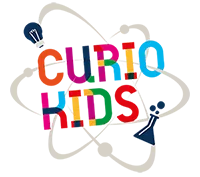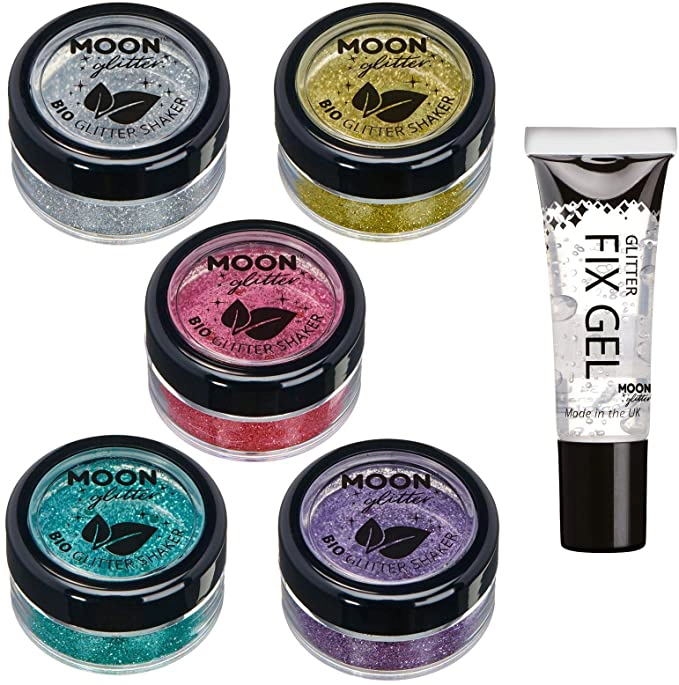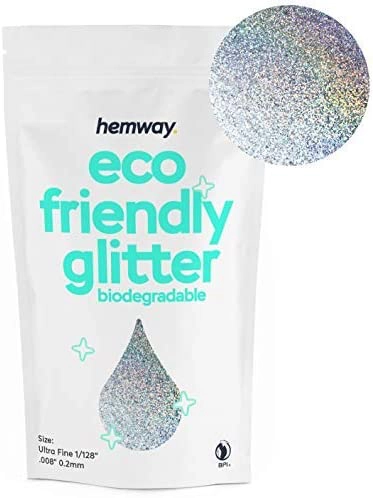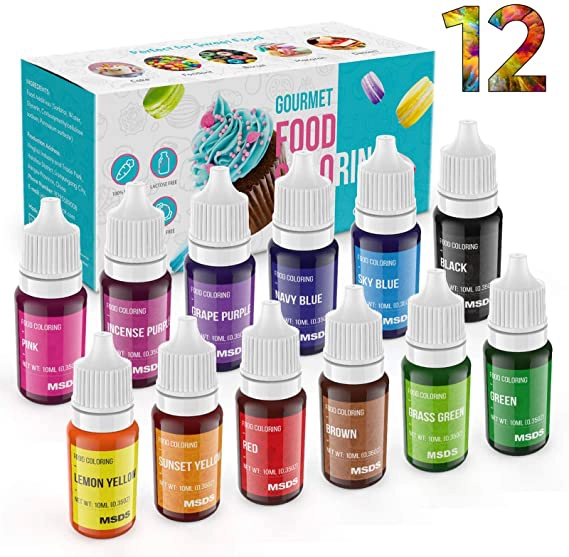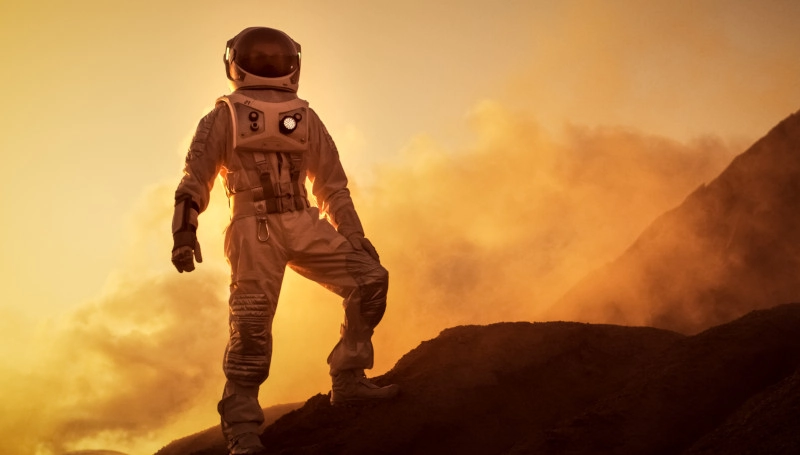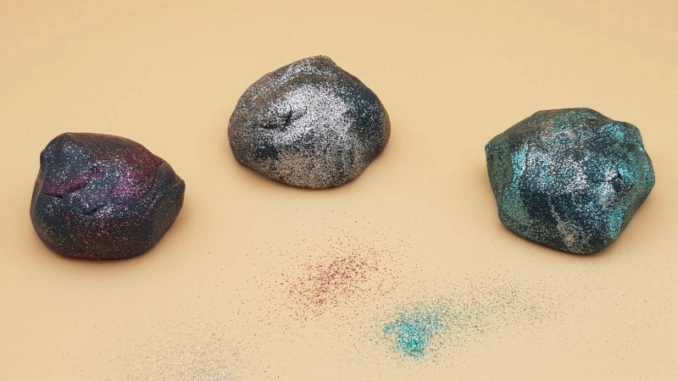
Homemade plasticine is a great experiment to do. Beyond a creative game that allows shaping all kinds of animals or objects, plasticine is also a rich scientific concept that allows children to approach the mixing and transformation of matter.
You will need:
- 1 half cup of floor
- 2 tb spoon of cornstarch
- 2 Oz (60 ml) of water
- 2 t spoon of salt
- 1 tb spoon of vegetal oil
- 1 tb spoon of hair conditioner
- Food coloring
- Glitters
- bowl
- A saucepan
- A spoon
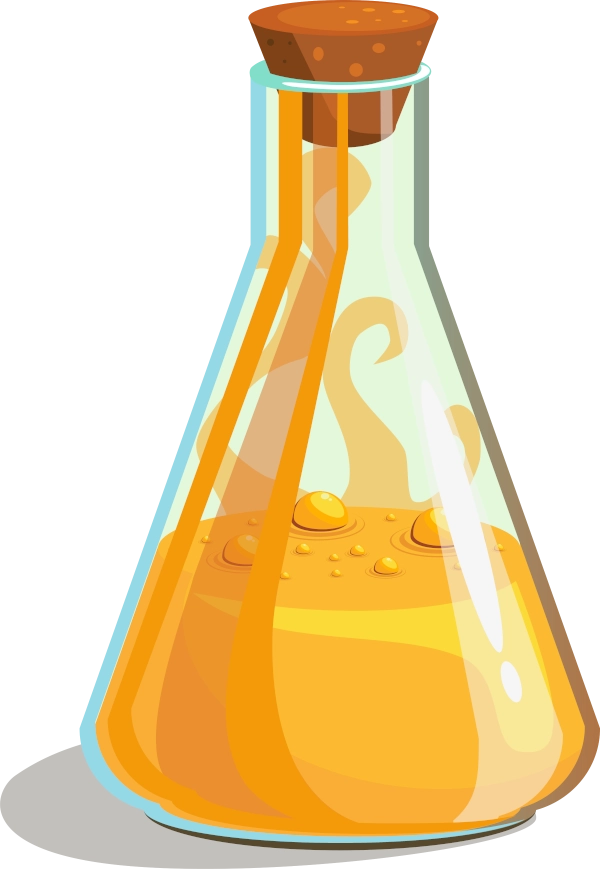
From 5 years

Difficulty : medium

This experiment requires the help of an adult
Buy online

Let's experiment
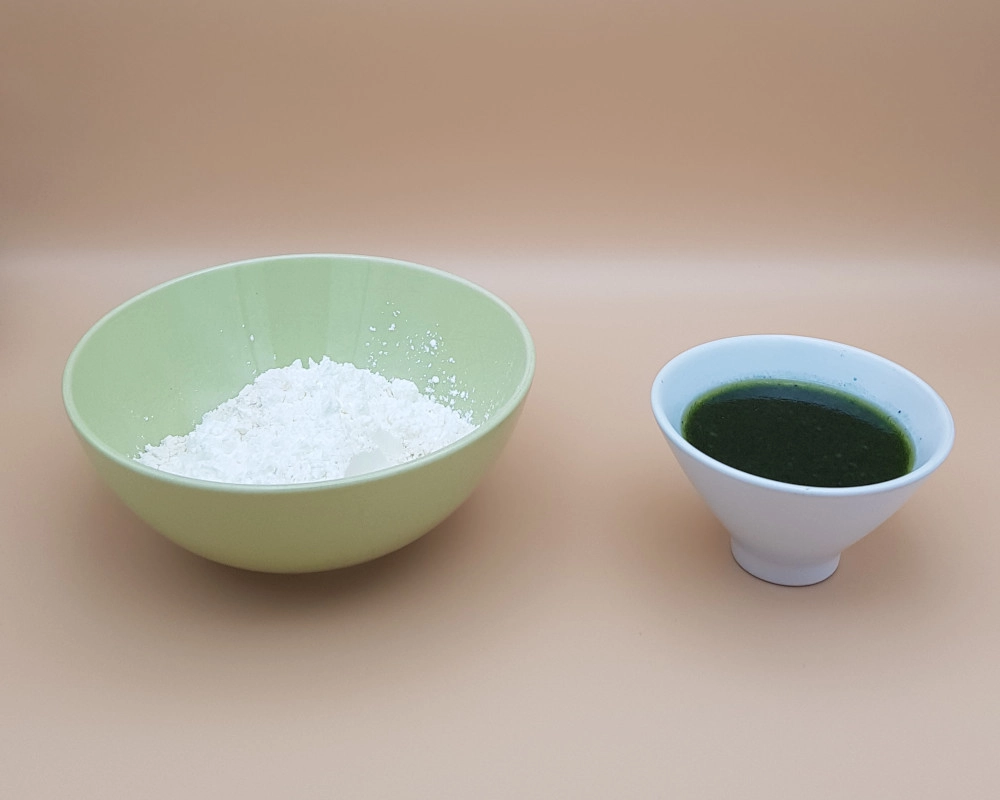

In your bowl, mix the flour with the cornstarch. Heat the water in the pan and then add the salt, a good spoonful of food coloring, and the oil to the boiling water.
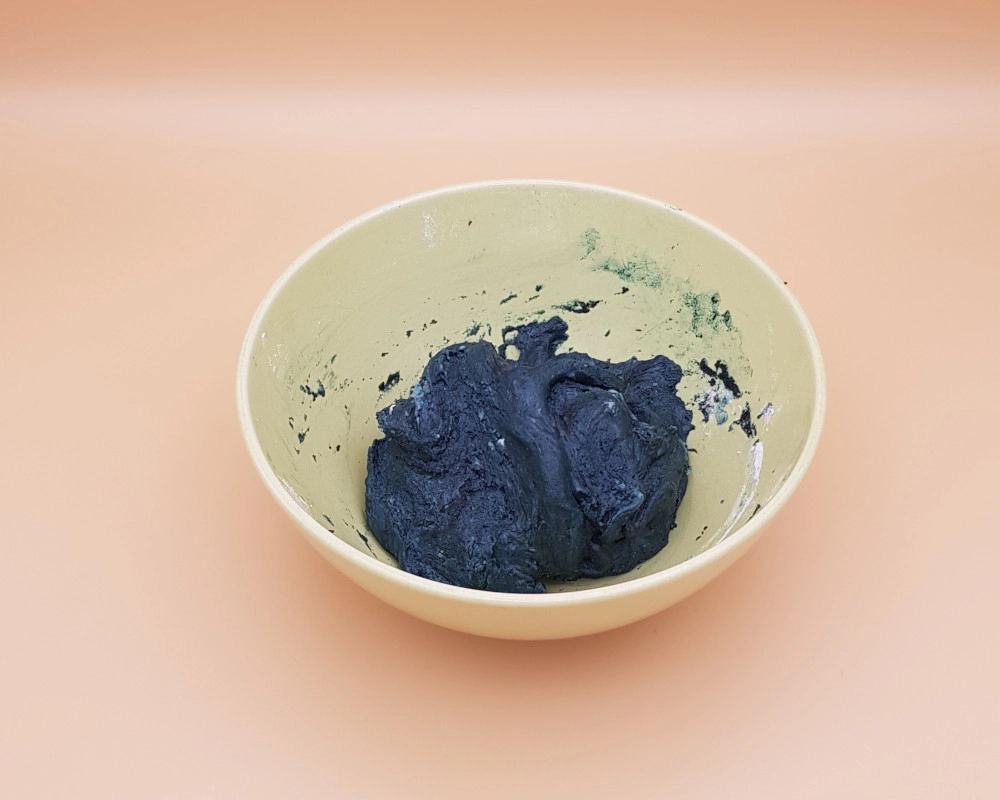

Add your colored solution to the flour and mix gently with a spoon. Finish with your fingers, it’s more fun.

Once mixed, you get a ready-to-use modeling clay. It should not be sticky or too hard. Then give it an interstellar look by adding lots of glitters!
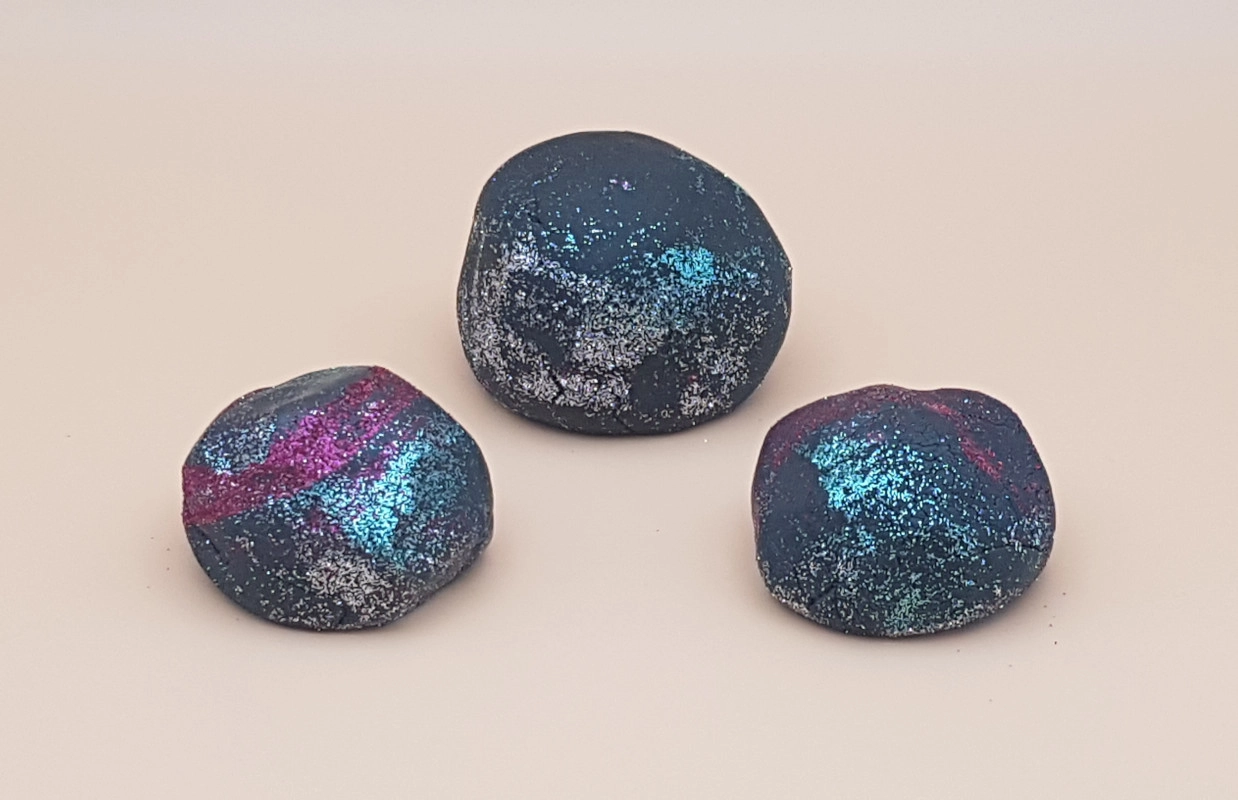
Understand the experiment
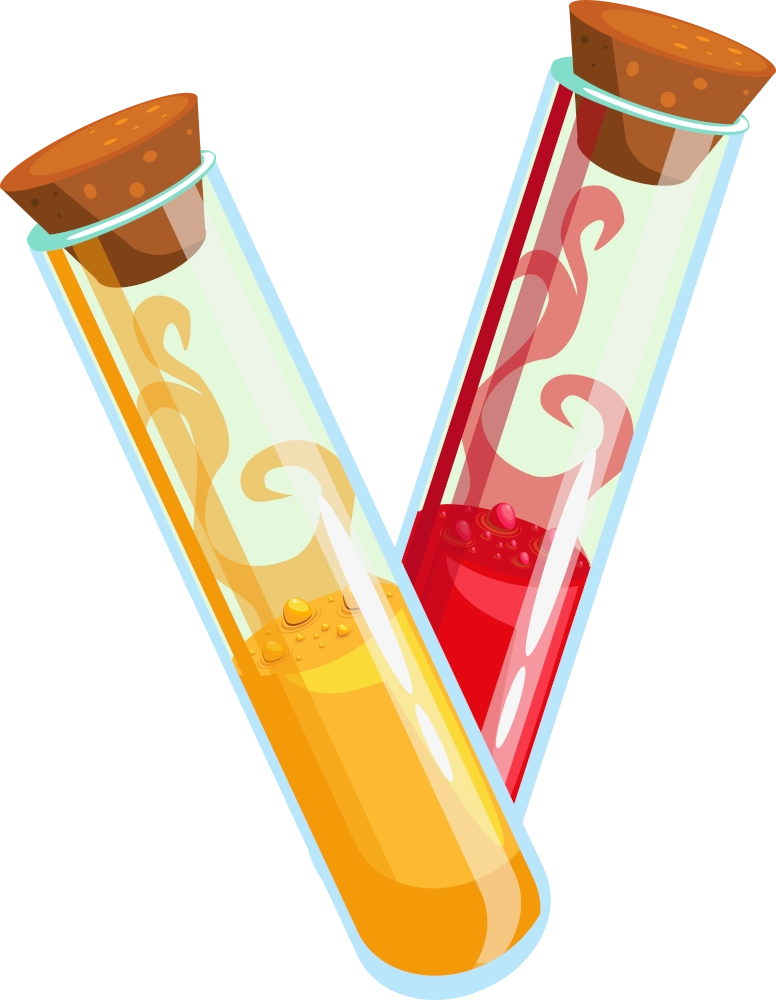
Homemade plasticine; a chemical reaction
When you think of a chemical reaction, you imagine smoke, explosions, and probably abominable smells.
Chemistry is quite different and present in your daily life. It is a reaction between the various ingredients at the molecular level to create a new product. Here, you started with “solids” like flour and salt, and “liquids” like water, oil, and food coloring. When you mix them all together, you get a completely new and different substance from the original products. Worse, you can’t separate your ingredients after mixing.
Your plasticine is a chemical product.
Did you know?
Proteins are what make plasticine
You will notice that the water added to your mixture will incorporate perfectly into the flour and remain trapped there. This is due to the proteins in the flour. In particular, gluten.
When water is added to the flour, the proteins clump together and hold the water. This is what gives the dough its consistency – like bread! The salt helps the proteins stick together. You may notice that commercial plasticine also has a salty smell.
The role of oil in plasticine preparation is to prevent water from evaporating.
Challenge
Now watch what happens if you use only cornstarch.
Artistic
touch
Try different colors to make incredible stars.
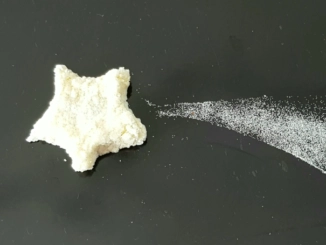
Transform milk into plastic
Did you know that plastic can also be produced from natural resources? The best example is milk! Milk proteins, huge molecules like those in plastics, can, under certain conditions, agglomerate to form a solid. […]
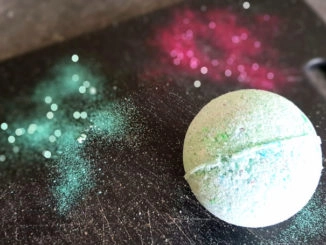
Make bath bombs at home
A bath is even more fun with bath bombs that explode and fizz. It’s easy to make it yourself, in the colors of your choice and even with the fragrance you like. Do you want to add a festive touch? You can even add biodegradable glitters for a sparkling effervescence. […]
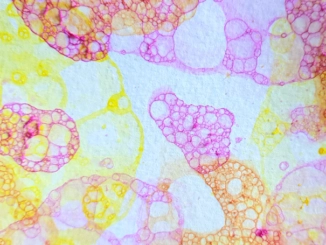
Soap bubbles to make invitation cards
Soap is a lot more fun than you can imagine. Use its exceptional power to create multicolor and original invitation cards by taking advantage of the science behind tensioactive properties! […]
